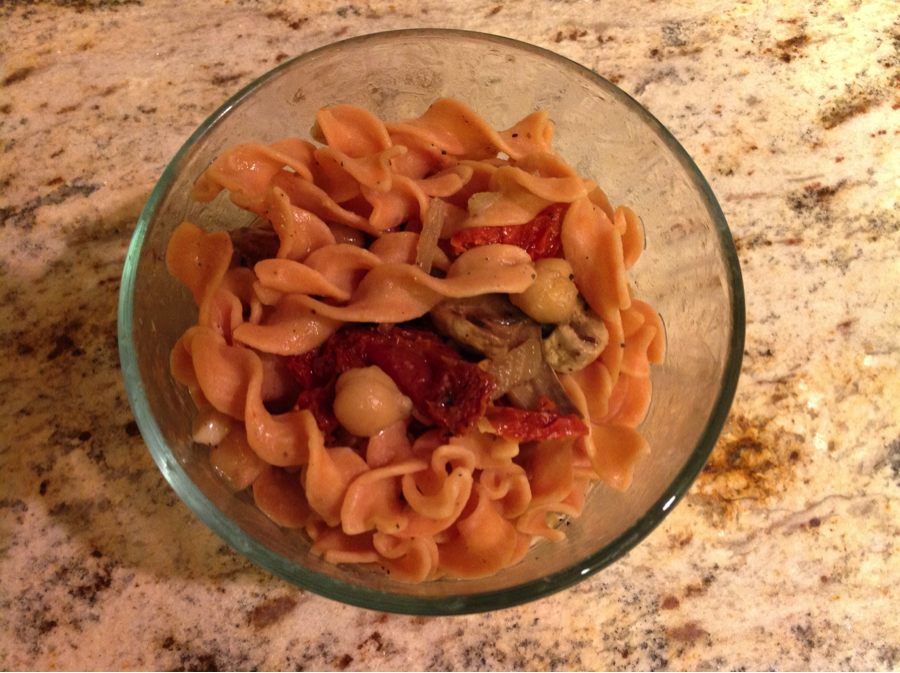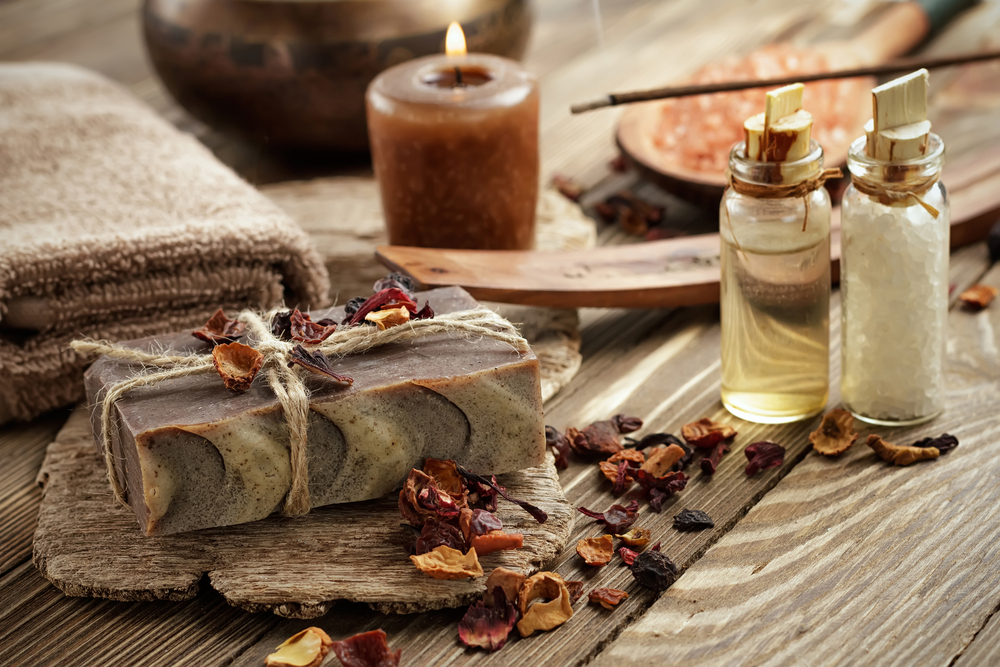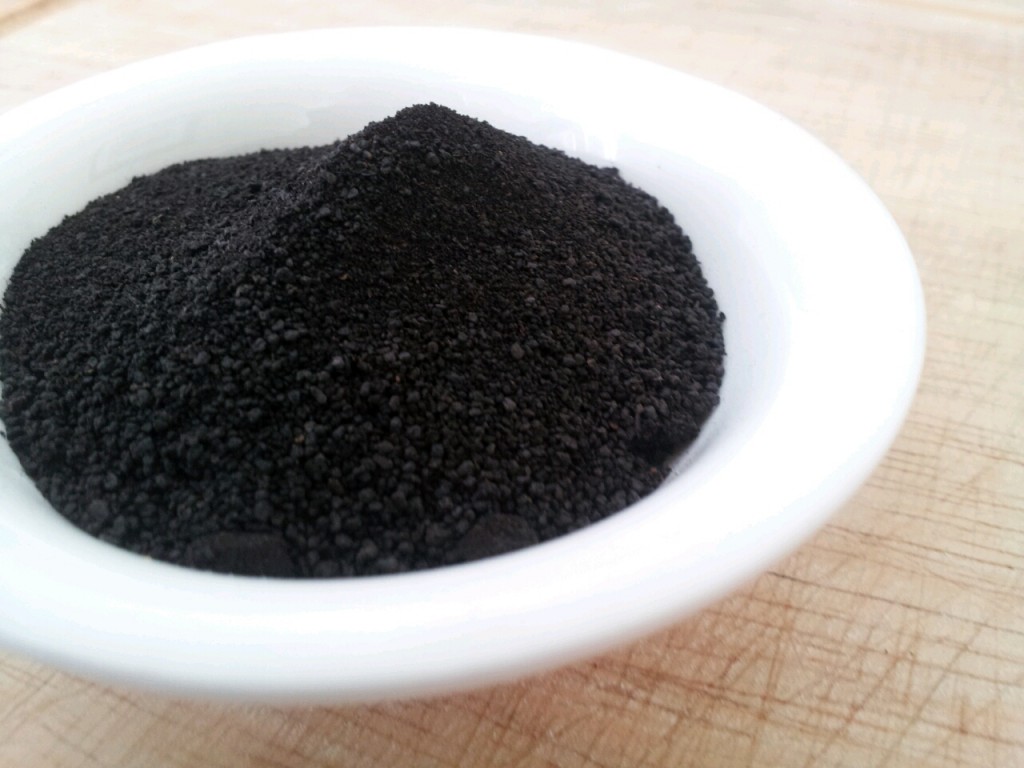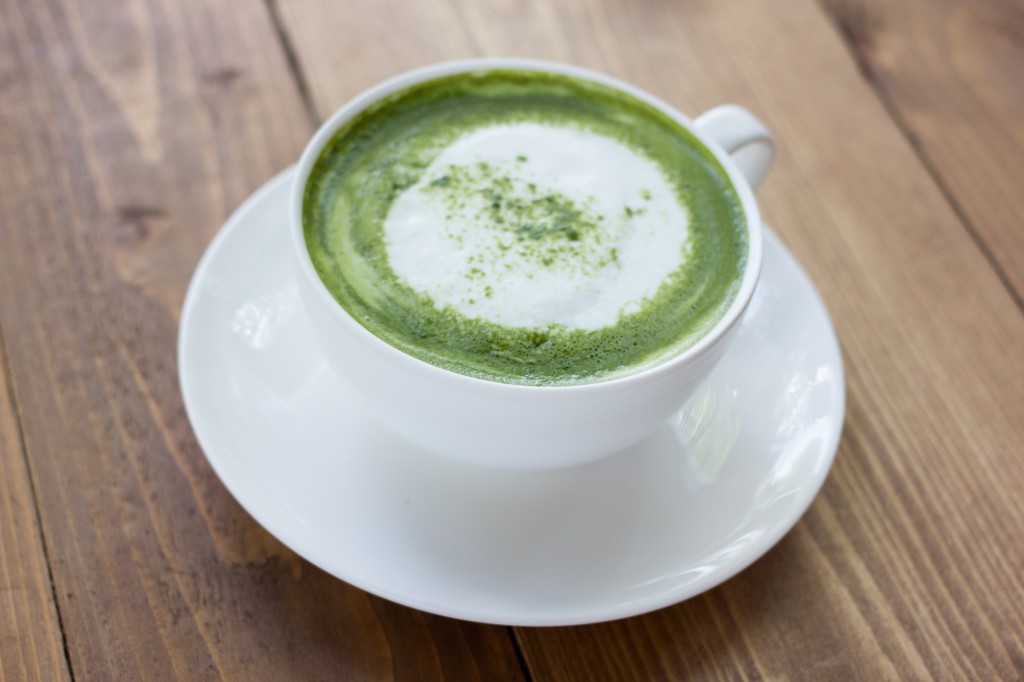Sunburst Pasta

Tolerant Red Lentil Pasta has a bit of a peppery flavor when eaten on its own. When I use it in a recipe I look to find flavors that enhance the pasta’s natural flavors. This dish uses sundried tomatoes for a sweet flavor, chickpeas for a meaty texture, onions and garlic as aromatics, and mushrooms for a chewy texture. […]
Broccoli Greens Tofu Stir Fry

Not only do I love to eat light and healthy foods, but I also do not like to waste food. When I had an opportunity to try broccoli and cauliflower greens I was elated! This was an opportunity to experience two vegetables I love in an entirely new way. I have used the greens as a side dish […]
Kathryn Herbert on the Miracles of Ayurvedic Healing

Recently, I sat down with Ayurvedic expert Kathryn Herbert to talk herbs, doshas, and real-life miracles. Herbert, who, was diagnosed with AS (Ankylosing Spondylitis), RS (Reiter Syndrome), FM (Fibromyalgia) and IBS (Irritable Bowel Syndrome), is a living example of the downright amazing health benefits of India’s ancient healing practice. She is excited to share her wisdom at YogaLean’s first […]
Chickpeas and Black Bean Pasta

Rehydrated chickpeas are great for homemade hummus, but what do we do with those left over? I put some in a salad and decided to make a pasta to use up the last few. Adding beans to pasta creates complementing textures, making our meal that much more satisfying. Base Ingredients (recipe serves 2): 1 Cup Tolerant Black Bean Rotini ½ Cup […]
Shilajit, the Rock-Invincible

Author Kathryn Herbert; Ayu Ct P, RYT 250 with Dr Sachin Kotalganor; MD (India) Ayu Physician DPU, IAA Secretary SHILAJIT, or Silajatu as it translates from Sanskrit to mean “rock invincible”, is Mineral Pitch collected from the mountainous ores found in the Himalayan region and is known also as Moomie (Russian). The ancient science of […]
Green Tea vs. Green Beer: A YogaLean St. Patrick’s Day!

In the adult world we learn quickly that ‘St. Patrick’s Day’ is essentially polite shorthand for ‘National Binge Drinking Day.’ The shamrock paraphernalia and silly outfits we see all over the place are mere accessories to the core tradition of this holiday, drinking to excess, which is big problem for those of us trying to […]
